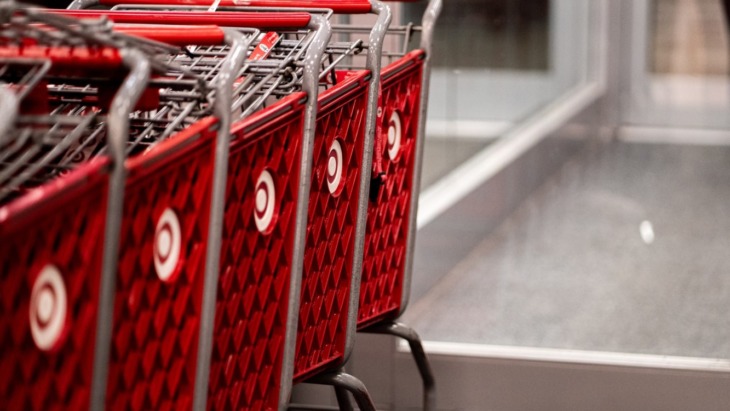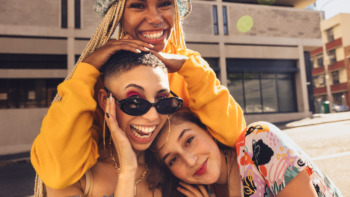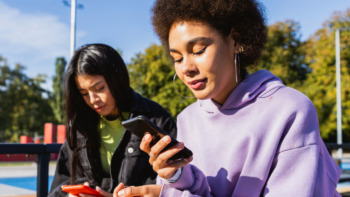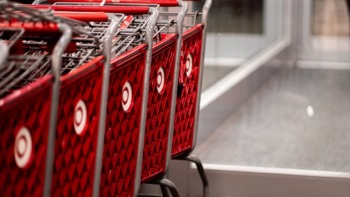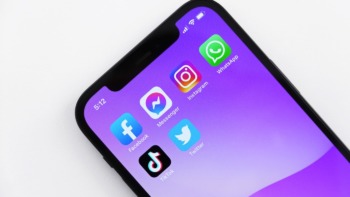The student debt crisis is a top concern among students and with the pandemic not helping matters for Gen Z, they need support now more than ever. Here, we explore how essential brands like Walmart and Target are helping students through the crisis, and what helping students now can mean for brands going forward.
The student debt crisis explained
As well as being a huge investment in a student’s educational journey, college is also a huge financial decision to make. Over the last two decades, the net price of tuition, fees, room and board at a public college (for a standard period of four years) has increased by a massive 68%. Money borrowed by students in order to attend college has also doubled – adding to an ever-growing collective federal student loan debt of around $1.6 trillion dollars, according to the Federal Reserve Bank of New York.
Our research reveals that 85% of students are feeling stressed, 71% worried, and 52% helpless about paying back their student debt, and 84% of Gen Z students want President Biden to focus on student loan forgiveness.
Brands might not be able to control what actions the US government takes, but they can empower students to thrive in other ways, as demonstrated by essential brands like Target, Walmart and 7-Eleven.
Let’s take a look…
Winning Gen Z consumers with omnichannel initiatives
For financially-savvy Gen Zs, convenience and affordability is key when browsing and making purchases – that’s why they enjoy a mixture of online and instore shopping. Online shopping allows them to browse the best deals, instore allows for same day discovery and purchase.
Multi-sector store, Target, understands this thought process, and has adapted its strategy to cater for students on a budget. Back in 2017, Brian Cornell, the CEO of Target, made it his mission to make Target “America’s easiest place to shop. That same year, the company invested billions of dollars into its omnichannel offering – which saw improved next-day delivery services, a partnership with Pinterest to allow consumers to do a visual search, and a drive up service where online orders are loaded on the customer’s car.
Since then, the brand continues to help Gen Z students secure affordable essentials online and instore – earning Target second place in our latest Youth Brand Affinity Tracker, with 67% of students saying they plan to shop there within the next three months.
Target’s omnichannel approach creates multiple touch points for students to shop and access the essential products they need with speed and efficiency – especially during big purchasing seasons like Back to School over July and August where students may feel more under pressure to get all the items on their wish lists. Plus, with regular deals and promotions advertised across their multi-sector offering, students will be more inclined to get multiple products all in one place.
Breaking down the wall between brand and consumer
Gen Zs know Walmart well, so well in fact that 98% of 16-24 year olds have heard of the name, and 80% have engaged with the brand in the last three months alone.
Walmart has been a frontline player in actively helping Gen Zs shop more affordably, securing some of their favorite brands all in one place. Their partnership with Garnier for a new line for young consumers, and the launch of Bonobos Fielder – a menswear brand owned by Walmart designed with Gen Z in mind – positions Walmart as a student-facing brand.
As well as its affordability, Walmart does more to target Gen Z consumers. Over the last couple of years, the brand has been winning with Gen Zs on TikTok – posting creative, hilarious and sometimes meaningful content to its 1.1 million followers. Walmart knows how to tap into Gen Z humor, and they’re reaping the benefits – securing the top spot as Gen Zs’ favorite grocery brand in our Brand Affinity Tracker.
Alleviating worries with competitions, giveaways and rewards
Competitions and giveaways are always a hit with Gen Z. Whether the prize is a small win or a big ticket item, students are all for getting involved.
Convenience store, 7-Eleven, has taken this strategy and rolled with it – creating cool, fun and engaging content sprinkled with incentives like free snacks, the chance to win a car and more. One of their more recent campaigns that ran in December 2021 – 7 Days of Eleven – saw the brand post 7 different giveaways in a row – including a neon sign, skateboards, vintage merchandise and a gift card.
Running all year round is their loyalty program – 7Rewards, which allows users of the 7-Eleven app to earn and shop with points and gain access to other benefits like fuel savings and mobile checkout.
7-Eleven have also boosted their engagement with Gen Z consumers with the creation of the 7-Eleven Superfan Influencers, a group of nanoinfluencers who take part in fun challenges organized by the brand. Their social media activity and loyalty program have all contributed to the 94% Gen Z brand visibility, which helped 7-Eleven earn the third spot in Gen Zs’ top 10 in the grocery sector in our Brand Affinity Tracker.
The result? Building lifetime loyalty
It’s not an easy time for students, having dealt with the pandemic alongside the ongoing issue of student debt concerns. By understanding Gen Z’s need for affordability, convenience and quality, brands like Walmart, Target and 7-Eleven are making student’s purchasing decisions more straightforward and the buying journey seamless.
Gen Z students will remember those brands who helped soften their worries about looming student debt – rewarding them with brand loyalty that lasts way beyond their college years in return.
Gen Z students need YOU. Understand how your brand can win the hearts of this demographic today.


